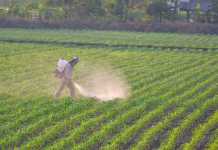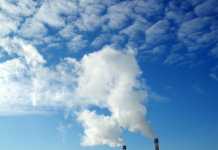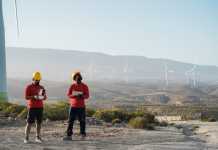The generation of fumes and fine particles is mostly caused by welding and other processes of metals that can be harmful to health. This may cause an unhealthy working environment if fumes and fine particles cannot be discharged from the working environment leading to production loss, employee unrest, and inefficiencies. There has been an increase in productivity by the companies that have taken precautions against occupational diseases and work accidents.
What is fume extraction?
Fume extraction is a system used to remove hazardous particles from the air where it utilizes a fan using the negative draft to pull dust particles and fumes into a contained filtration system. This is the accurate method for the purification of surrounding air in order to protect the near by are.
What is the use of a fume extractor?
Many processes and industries such as sanding, welding, spraying, grinding, powder filling, and chemical applications involving exhaust fumes, need this type of extraction. This is to protect people, different types of machinery, and the environment that we all share.
What is a fume extraction system?
Fume extraction systems i.e., FES are air pollution control equipment installed to capture fugitive dust emission, smoke, and fume gases that are generated from various heat processes. This can be detrimental and hazardous not only to human health but also to the environment.
The fumes contain dust particles that are of high temperature and are emanated from furnaces so they must be captured using specially designed suction hoods and then put through suitable treatments and finally passed into a house filter to release clean air into the environment for creating a dust-free working place. The suitable treatment can be by water-cooled duct or temperature reduction by air to air forced draft heat exchanger or by water quencher.
Sparks in the fumes are collected in the equipment called spark arrestor whose primary purpose is to break the heat envelope around the spark by creating turbulence. Spark arrestors reduce the dust load in the bag-house as it acts as a pre-dust collector or pre-separator. The person who will be investing in such extractors should be aware of all the extra features it comes with.
How to use extraction units?
- After installation, once the extraction unit is switched on, one must simply point the suction head of the extraction arm within a few feet of the dust source or the fume.
- This will help to suck off the fume which will go through the filtration process separating the dust particles and the fumes.
- The clean air should be released back to the environment.
- Finally, the dust will be collected in the tray that should be cleaned at a regular interval or regular basis to keep the unit working efficiently and effectively.
Things to keep in mind
- Poisoning of improper extraction hood can leave workers of the industries exposed to hazardous fumes.
- The working space of the industries and workshops should not be restricted by the extraction hood but it should be made sure that the fume is not allowed to escape.
- The fume extraction efficiency of industries and workshops can be increased by using smart extraction hood designs.
- It is important to consider fume extraction arm dimensions before installation.
- Excess bending of a fume extraction arm can reduce its airflow.
- Shielding gas cannot be extracted or removed using fume extraction hoods.
- Fume extraction hoods are different from general ventilation hoods so they should not be misused.
There are many people being affected by diseases cause by harmful fumes and smoke emitted by industries. It is the duty of such companies to look after their employees’ health. Such industries must take proper precautions in order to control the pollutants and safeguard the surrounding and its people. Hence installing fume extractors are a must.









